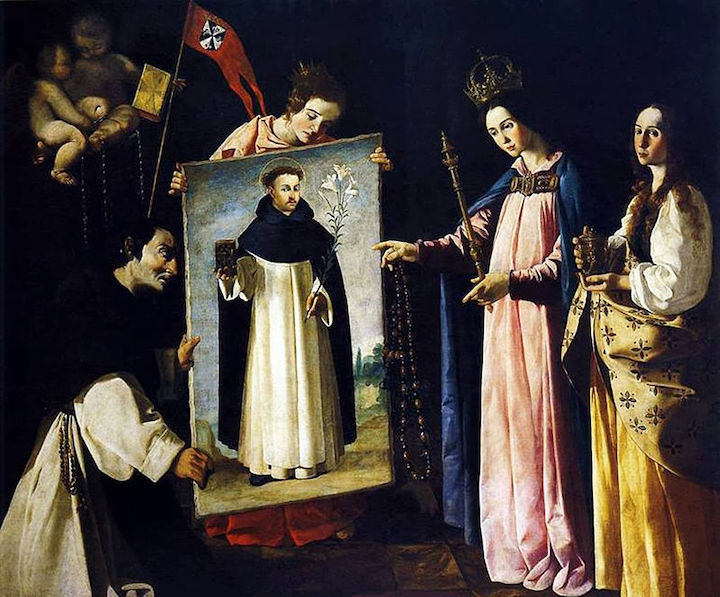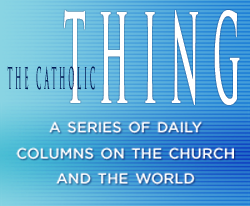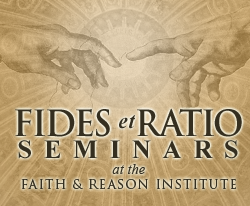The Saint, the Book, and the Lily
Much of the world’s great art is part of the patrimony of our Church. Every Leonardo; every Michelangelo; every Caravaggio belongs to all of us.
Without Catholic artists, there would be art, but there would likely be no art periods. No Romanesque; no Gothic; no Renaissance; no Mannerism; no Baroque. I could list other periods up to the 20th century, though Catholic art diminishes. It does not disappear.
Not every Catholic artist created Catholic art – and few restricted themselves exclusively to Catholic themes. Da Vinci painted the astonishingly beautiful Virgin of the Rocks, and he painted the enigmatic Mona Lisa: the first is religious, the second is not. Michelangelo: Sistine Chapel ceiling, sì! His sculpture of Bacchus, no! Caravaggio: Supper at Emmaus, definitely! The Musicians, definitely not.
Many of the Catholic painters, sculptors, and architects who worked between 1000 and 1900 made a part of their living fulfilling commissions from Church leaders and institutions and from wealthy, often princely patrons. Leonardo da Vinci lived well but eccentrically and peripatetically. He died at 67, still touching up the Mona Lisa. One has the sense that Michelangelo had trouble enjoying his success: he never retired and died at 88, working on another Pietà. Caravaggio is the exception. He died at 38, probably from wounds suffered in a vendetta attack.



